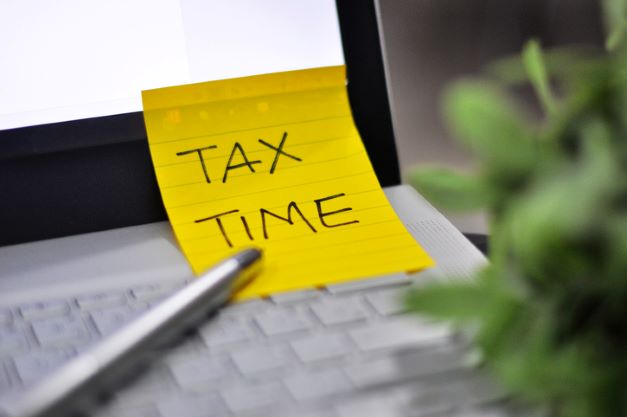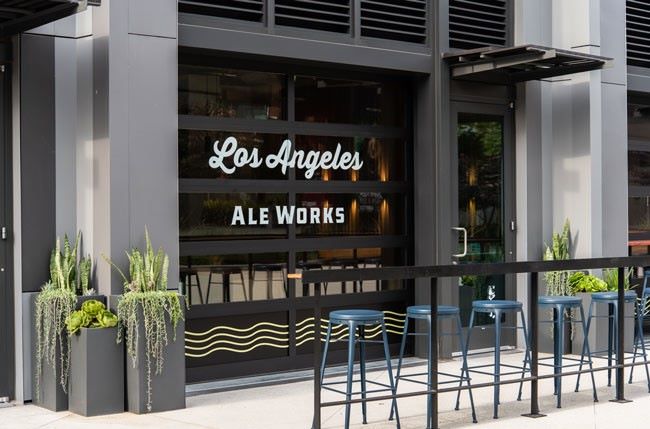Over the past 60 years, the City of Santa Monica has only comprehensively reformed its business licensing tax (BLT) three times: 1962, 1983, and 1990. There may be a fourth overhaul after the city council on Tuesday discussed sending a new round of changes to voters in November.
The BLT is calculated as a percentage of gross receipts. However according to the staff report, the current system “Creates equity issues between small and larger businesses, administrative issues for staff, and reporting challenges for businesses that operate primarily online or whose employees operate remotely.”
The stated goals for a modernized BLT are to:
- Attract, retain, and encourage expansion of businesses within the City
- Create a fair, equitable, and simple business license taxing system
- Support small businesses and microenterprises
- Address and appropriately tax emerging business models
- Ensure the taxing scheme is competitive with neighboring jurisdictions with similar characteristics
- Minimize administration and compliance burden for the City and taxpayers
- Protect the City’s financial resources
Specifically, the proposed changes would:
- Increase the small business exemption from $40,000 to $100,000
- Reduce the penalty schedule maximum from 100 percent to 50 percent
- Remove the back tax calculation related to the application year on the first renewal submission
- Residential Rental 3 Unit or Less Rate Reduction from $3.00/$1,000 to $1.25/$1,000
- Rate Reduction from $1.25/$1,000 to $1.15/$1,000 for Retailers/Restaurants generating under $5 Million in gross receipts annually
- Auto Dealers will pay business license tax on their total gross receipts at a rate of $1.25/$1,000 for sales and a rate of $3.00/$1,000 for auto repair operations with no maximum tax
- Increase tax rate on Corporate/Administrative Headquarters from $1.25/$1,000 to $2.50/$1,000
- A processing fee initially set at 100% of the BL Unit’s costs. The fee would be approximately $40
Some items would be revenue losers while others would bolster revenues. Overall, tax revenues would be expected to rise between $2.25-$3.93 million under the draft presented on Tuesday.
Assistant City Treasurer Stephanie Manglaras called the revenue generated by the BLT “Integral to the health of the General Fund and an important resource to advance the city council’s strategic priorities and maintain essential services.”
She said that the BLT makes up about seven percent of General Fund revenue and that for fiscal year 2023-2024, it is expected to generate $35 million.
Manglaras said that when staff and consultants studied the fairness and equity of the current BLT structure, they saw that “The city’s current tax structure is regressive for our very small business community, and that includes businesses reporting less than $40,000 in gross receipts annually.” She added, “Small businesses pay more than any other group as a percentage of their gross receipts.”
She and staff studied a few neighboring jurisdictions – Beverly Hills, Culver City, and Los Angeles in assessing changes.
Judy Kruger, President & CEO of the Santa Monica Chamber of Congress, thanked the city manager and staff for giving her members plenty of notice of this agenda item and involving them in the process. As far as the proposed reforms, Kruger said, “We certainly support and appreciate the small business exemption and micro-business exemption up to $100,000.”
However, Kruger expressed concern about fee increases for larger businesses. “It may disincentivize workers to return to their office place,” she said. Instead, Kruger proposed a staggered business tax rate for large businesses – a .125 percent rate for businesses up to $250 Million, and a .250 for businesses grossing more than $250 million with a cap at a certain level.
She further requested that staff consider setting aside some of the proceeds from the BLT to hire additional city staff to assist businesses speed up the permitting process.
Auto Dealership owner Mike Sullivan – a.k.a. “L.A. Car Guy” – spoke in opposition to the proposed changes. “In my seven stores here in Santa Monica, the business tax would jump $900,000 next year,” he said. “It’s an unrealistic number in my world to think we would have $900,000 [that would] be produced.” Sullivan was responding to the fact that a cap placed on the total tax auto dealers would be required to pay has been removed in the new proposal.
Councilmember Lana Nagrete’s focus was on supporting small and medium-sized businesses and finding a balance that can be revisited “Again and Again.”
“Some of the feedback that we’ve gotten is there’s huge financial impact to some key players in the city that we don’t want to see go away,” she said.
“Did we think about structuring this in a way that incentivizes workers to return to the office?” asked Councilmember Caroline Torosis, to which staff replied they could consider it if staff directs them to do so. Torosis said that it is something they want to do because some of the larger businesses are maintaining largely empty offices and the city is losing revenue without workers there to make purchases while in town.
But Councilmember Jesse Zwick wondered if larger employers bringing their workers back would expose them to a larger tax, and asked if that would disincentivize them from bringing workers back to the office. He was responding to a proposed staggered rate that would require a lower rate for businesses under $250 million and a higher rate for those above $250 million in gross receipts.
Mayor Phil Brock seemed to agree and also voiced concern over the large jump in taxes from this year to under the modernized plan, sharing that one company approached him and calculated that their share could increase next year by perhaps $1.5 million. He suggested less of a shock through a phased-in increase that could allow the city to reap that revenue from the company over the next few years rather than immediately in the first year.
Councilmember Gleam Davis inquired whether tax rate percentages would adjust over time like a cost of living increase, pointing out that for small businesses, $100,000 now won’t be the same threshold in 2026 and beyond. But staff said the proposed rates under the modernized scheme are locked until new ones would need to be approved by voters.
However, when Davis asked if indexing of definitions of “small” versus “medium” businesses based on changing revenue could be a portion of the proposal sent to voters, staff said that language could include a mechanism that would allow the council to make small changes by resolution given that increased thresholds would serve as a tax decrease for those businesses. Only increases require voter approval.
Ultimately, a motion was passed, 7-0, that provided direction for staff to make changes that included Brock’s phased-in approach with larger businesses, other potential incentives that would bring workers back to the office, and stronger definitions for what constitutes a “small” and “medium” sized business.
Photo by Supannee U-prapruit on iStockphoto.com
Stay informed. Sign up for The Westside Voice Newsletter
By clicking submit, you agree to share your email address with Westside Voice. We do not sell or share your information with anyone.







